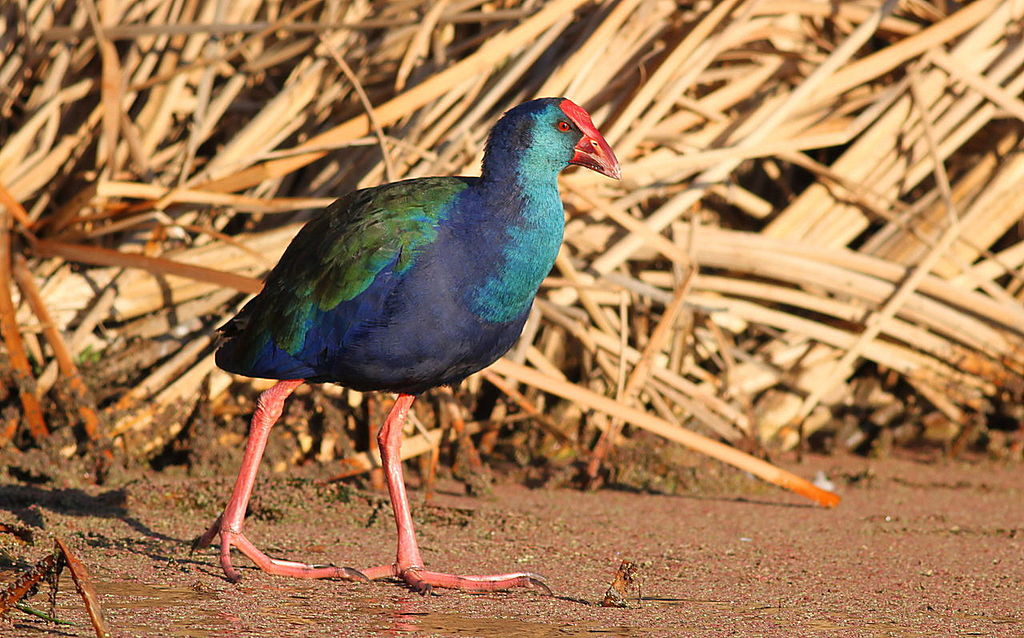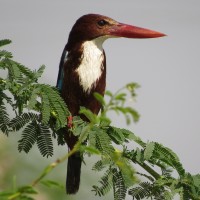Descrição
Yeruham Park and Lake are located in the hills of the northern Negev. Yeruham Lake is in the middle of the park, a manmade reservoir created in the Nahal Revivim streambed. Against the desert background, the lake and the greenery provide the unique scenery of a desert oasis. With its combination of water, reedbeds and pine groves Lake Yeruham attracts waterfowl and plenty of migrating birds. Therefore the area is most interesting during the migration season. Among the birds you can encounter are Perdiz-do-deserto, Perdiz-chukar, Mergulhão-pequeno, Cortiçol-de-barriga-preta, Cuco-rabilongo, Franga-d'água-grande, Caimão-comum, Alcaravão, Pernilongo, Combatente, Perna-verde-fino, Garça-pequena, Socó-taquari and Guarda-rios-de-papo-branco.
Detalhes
Acesso
From Highway 40 (Beersheba – Sede Boker), turn east at Hanegev Junction to Highway 224 towards Yeruham. From Highway 25 (Dimona – Arava), turn west and then south at Dimona Junction to Highway 204. Click on a P in the map for directions or coordinates. Plenty of parking. Free entrance. The park itself is filled with walking and biking paths and picnic tables. You can explore the banks of the lake, the park and the desert edges on foot.
Terreno e Habitat
Deserto , LagoCondições
Plano , Seco , RochosoCaminho circular
Nãoé útil um telescópio?
Pode ser útilBoa temporada de observação de aves
Durante todo o anoMelhor hora para visitar
Migração da primavera , Migração de outonoRota
Estrada pavimentada , Estrada não pavimentadaCaminho dificil
FácilAcessível por
Pé , BicicletaAbrigo/plataforma deobservação de aves
SimInformação extra
Photo Yeruham Park and Lake by Mboesch, CC BY-SA 4.0, https://creativecommons.org/licenses/by-sa/4.0, via Wikimedia Commons






